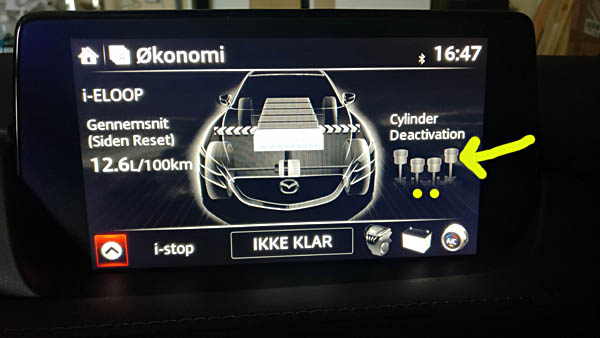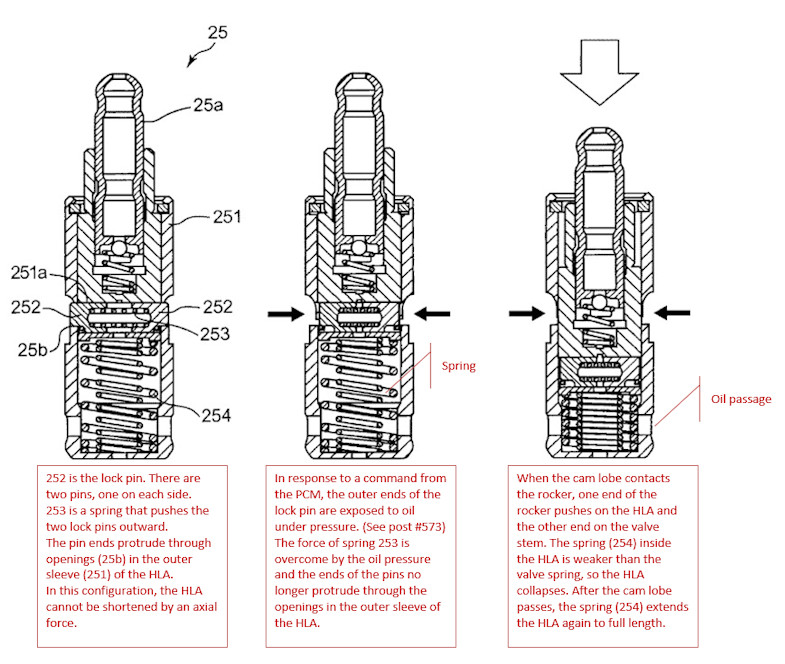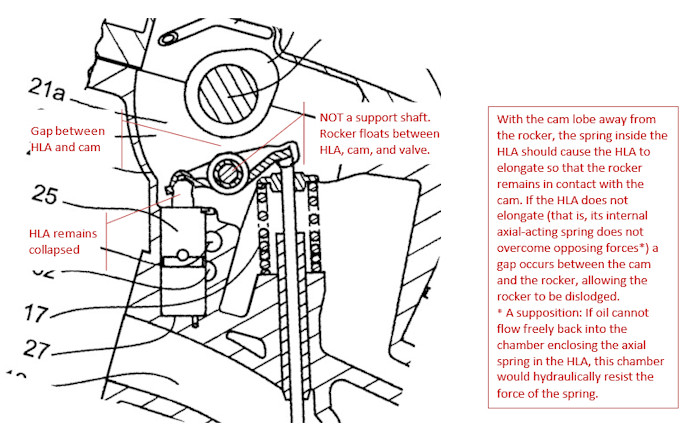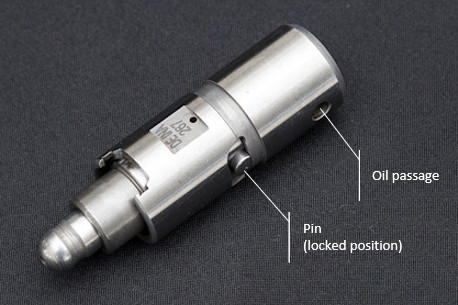- :
- Central Virginia
- :
- 2019 CX-5 Reserve
That's an even better idea.
Chris, couldn't Cork do it? Or who?
Wouldn't doing something like this be akin to messing with factory emission control devices?
I'm not the car police, just pointing out that getting someone to do this commercially might not be feasible.




